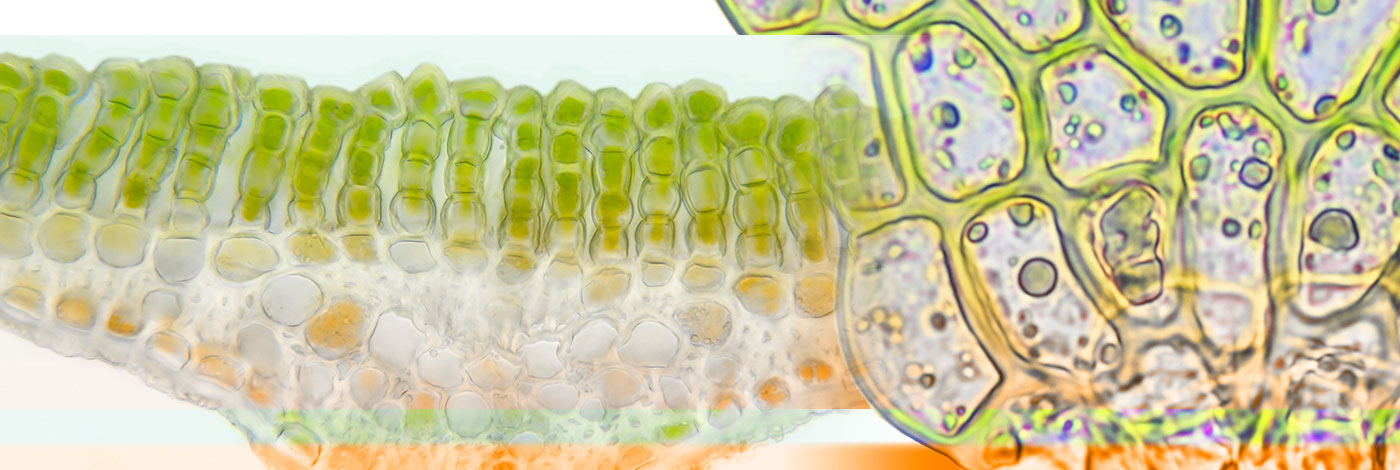
 Cryptogamie, Bryologie
38 (2) - Pages 137-152
Cryptogamie, Bryologie
38 (2) - Pages 137-152Trait databases are invaluable sources of information in ecological studies exploring the links between species traits and their surrounding environment. While digital vascular plant trait databases are already numerous, sets of bryophyte trait data are not equally available online. To help fill in this gap, we present the BRYOTRAIT-AZO database, a trait dataset for the Azorean bryoflora which aims to gather and facilitate access to all the published morphological information for the archipelago’s bryophytes. As an example of its applications we examined the variation of moss leaf size, orientation and nerve extension along Terceira Island’s elevational gradient, testing hypothesis related with trait presence and function. We identified a shift from mosses with twisted and shorter but longly costate leaves at lower elevation to mosses with longer untwisted leaves, with short or absent nerves at higher ground. These changes reflect the transition from sunnier, warmer and drier conditions at low elevation to shadier, cooler and damper settings at the island summit, in accordance with the hypothesis that smaller, twisted and longly costate leaves are better adapted to more xeric environments. As exemplified, this database can be a valuable tool for future studies at a regional or even a global scale, coupling functional data with bryophyte distribution information to identify trait roles on ecosystem functioning, but also general diversity and species co-occurrence patterns and community assembly rules.